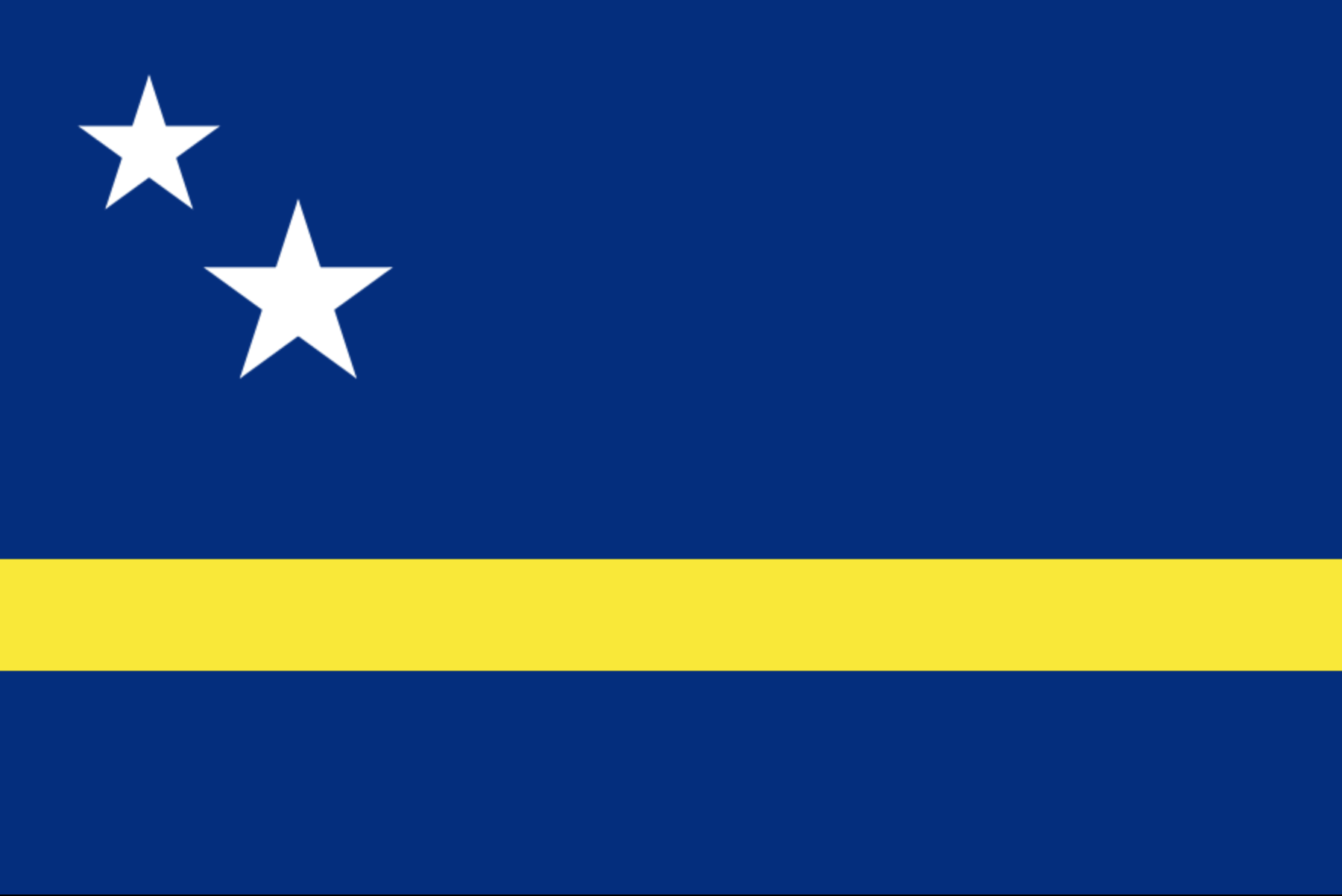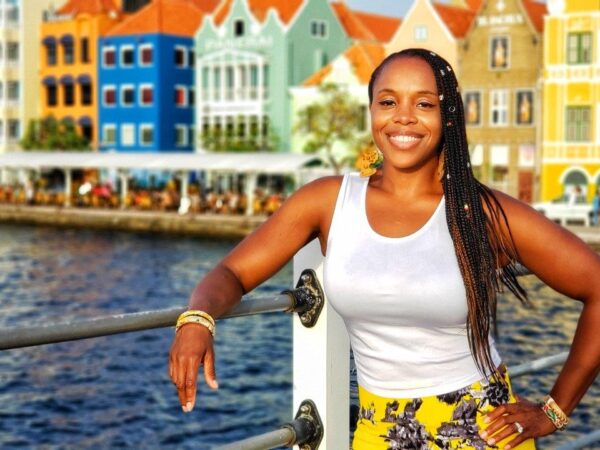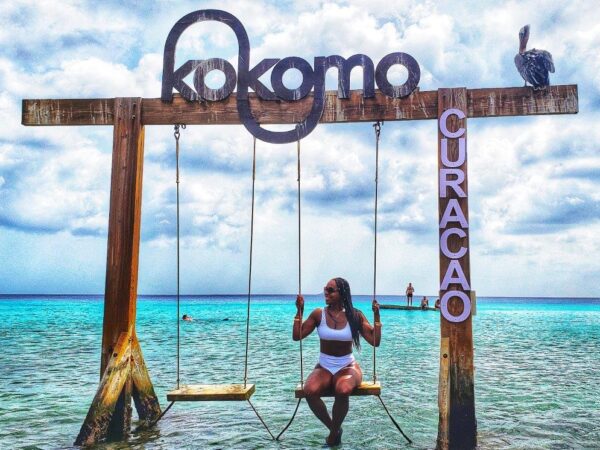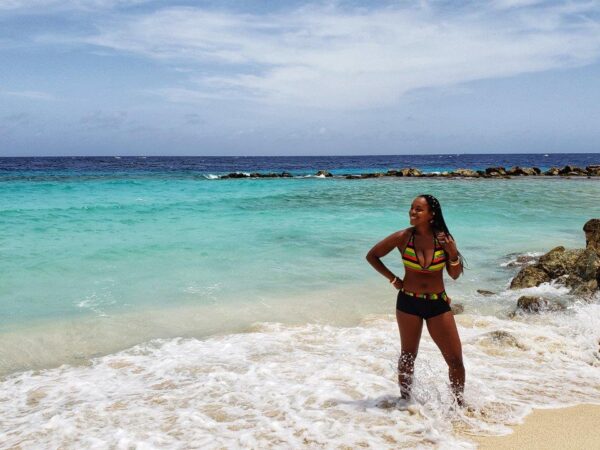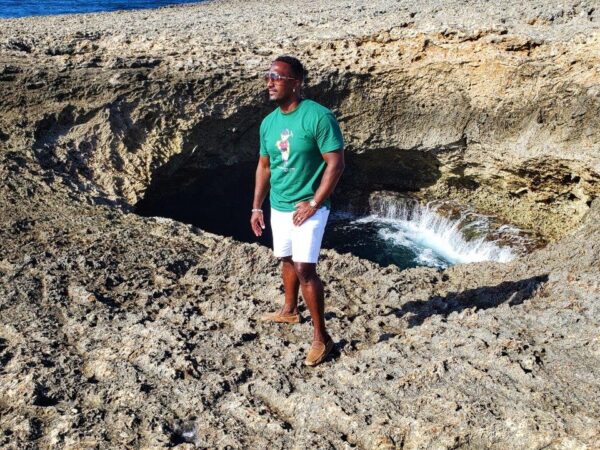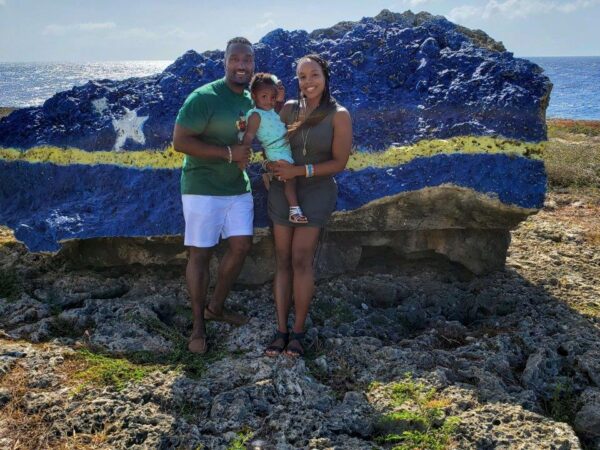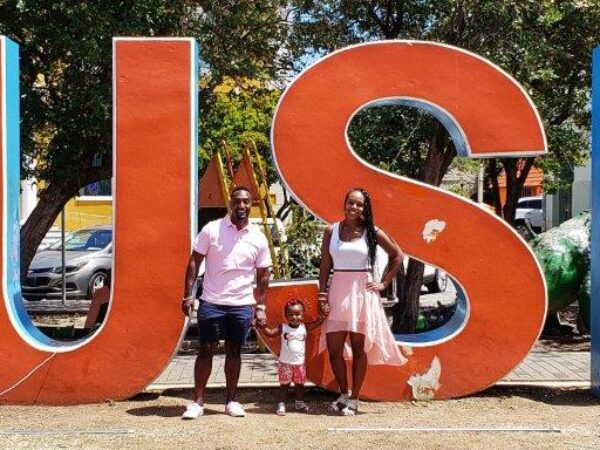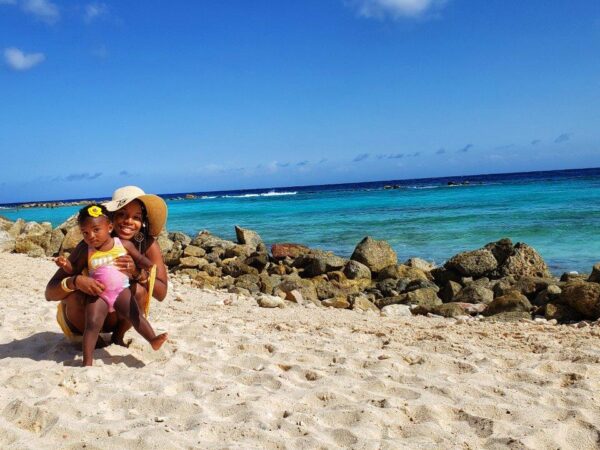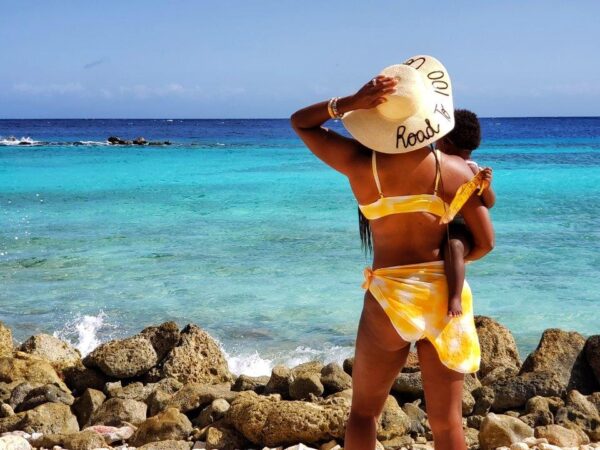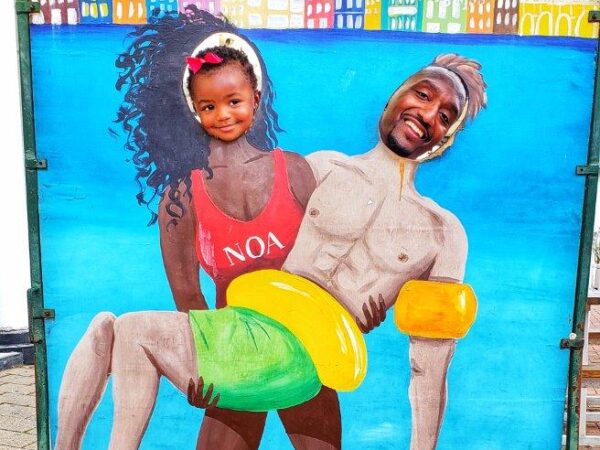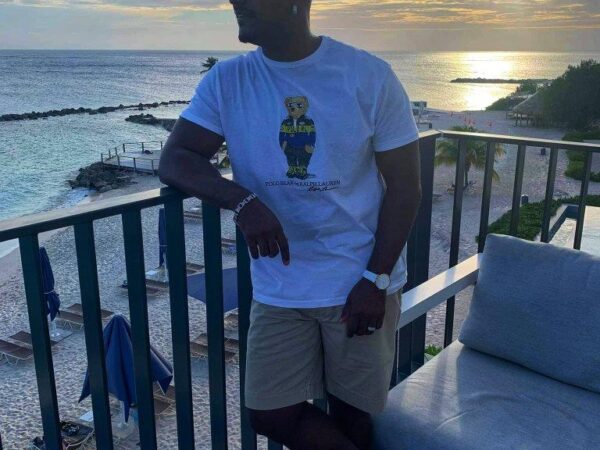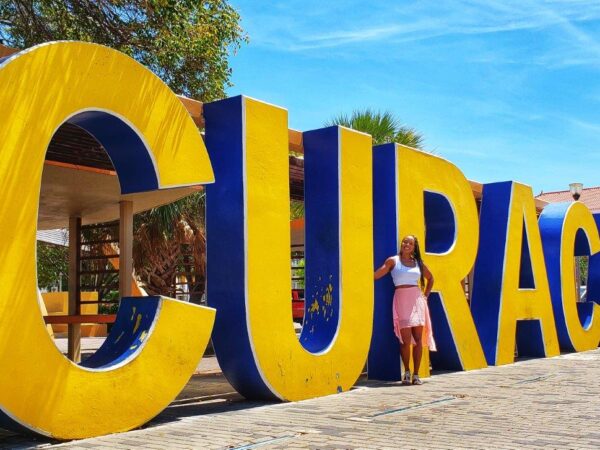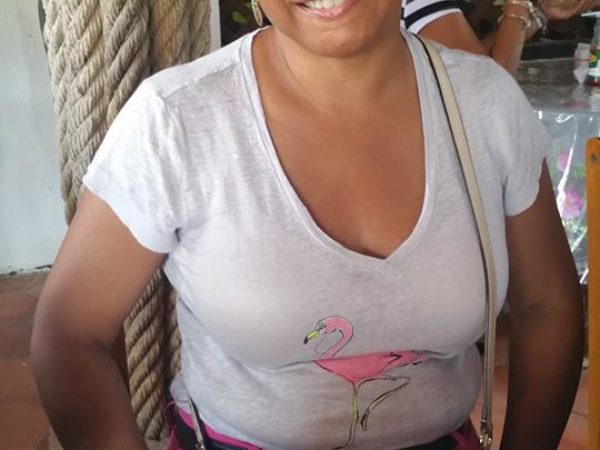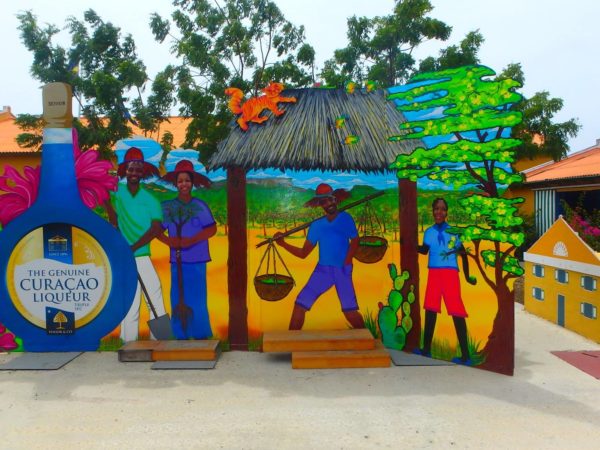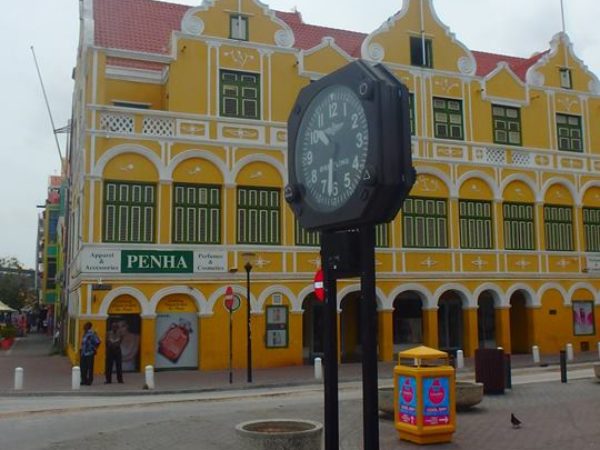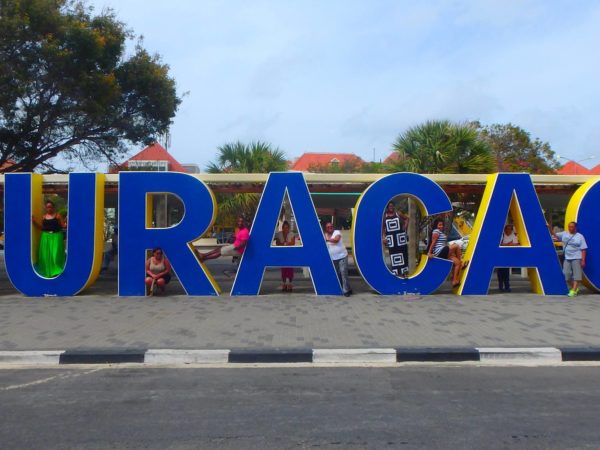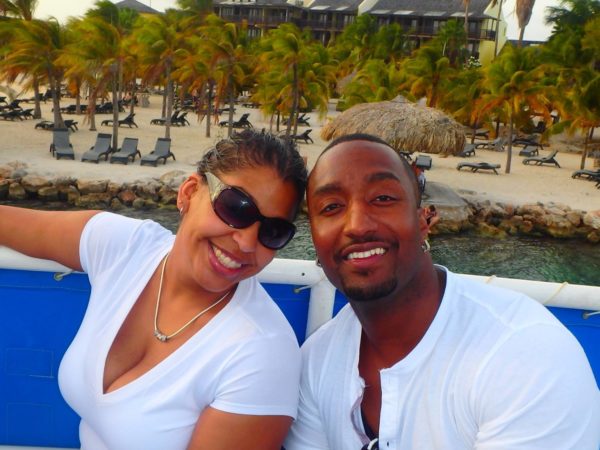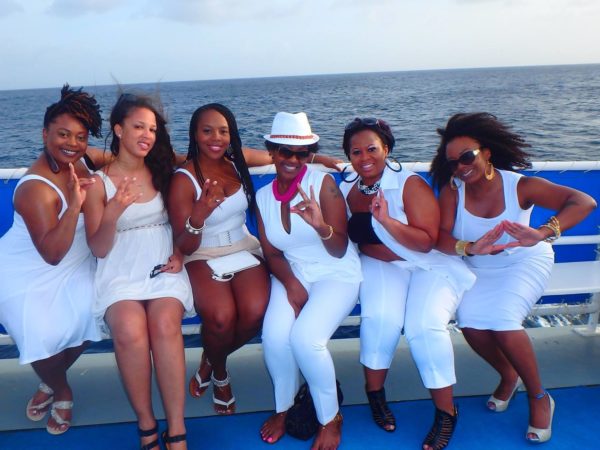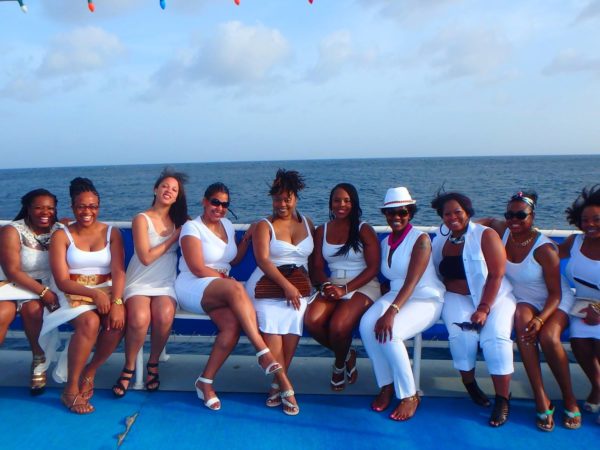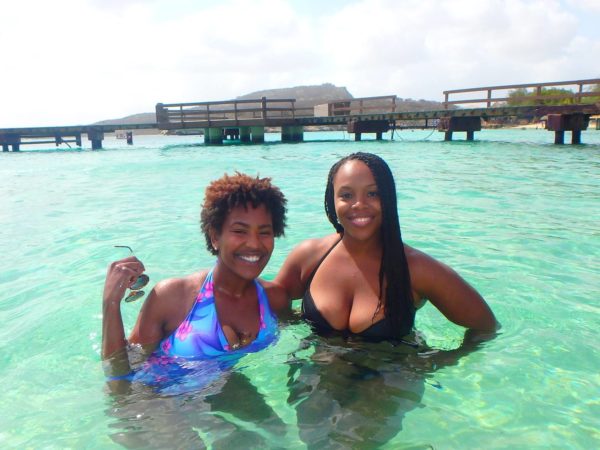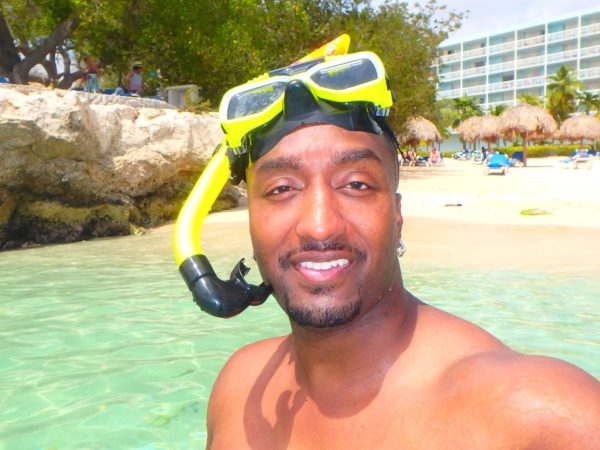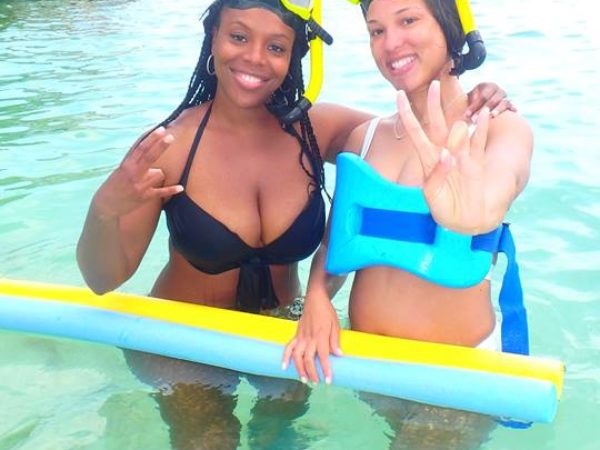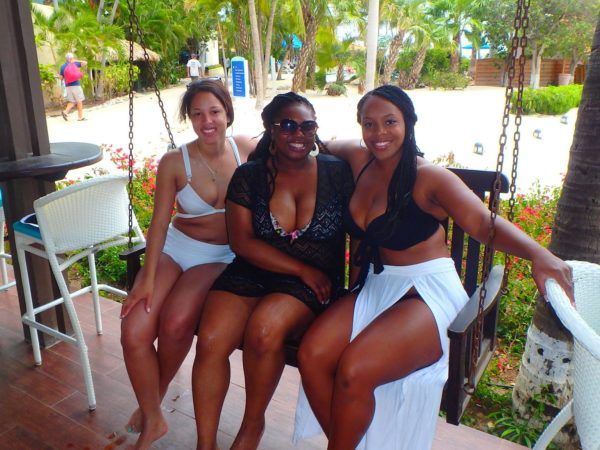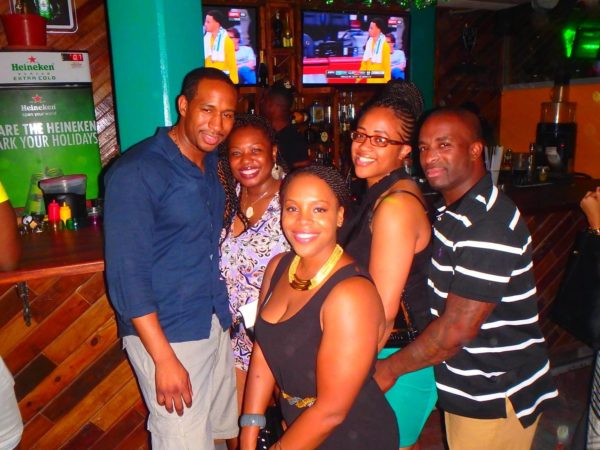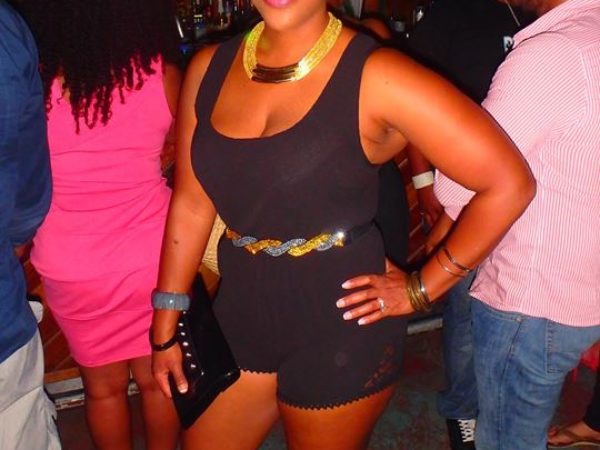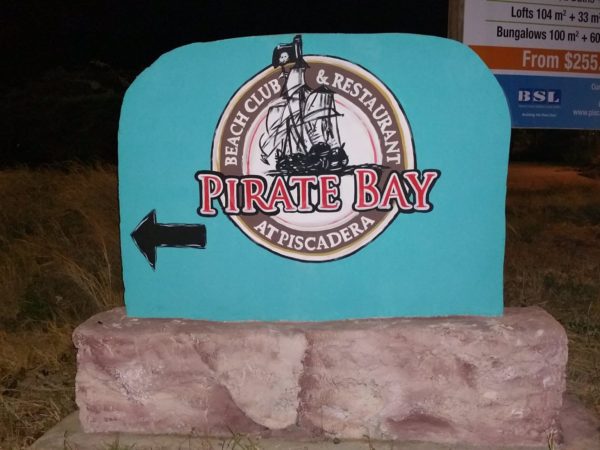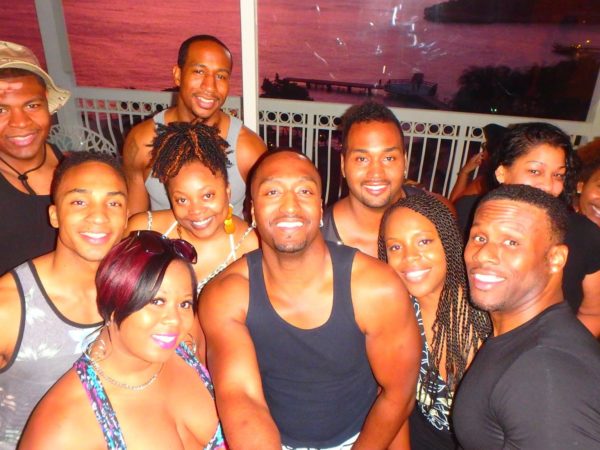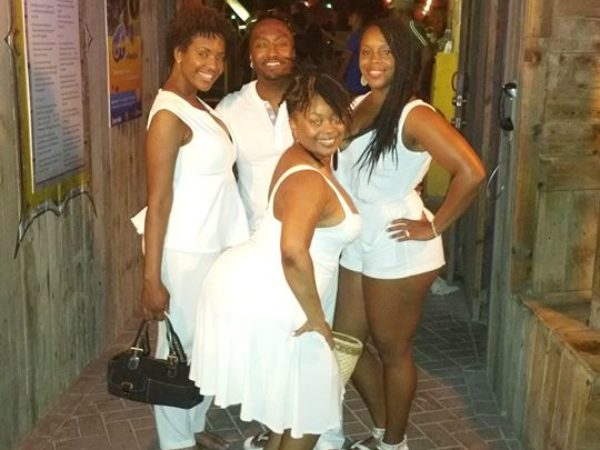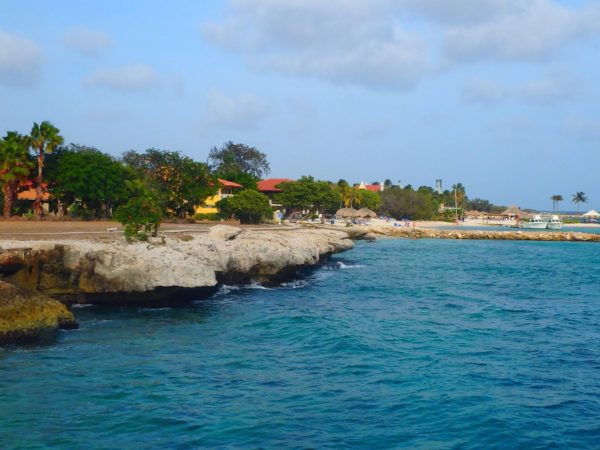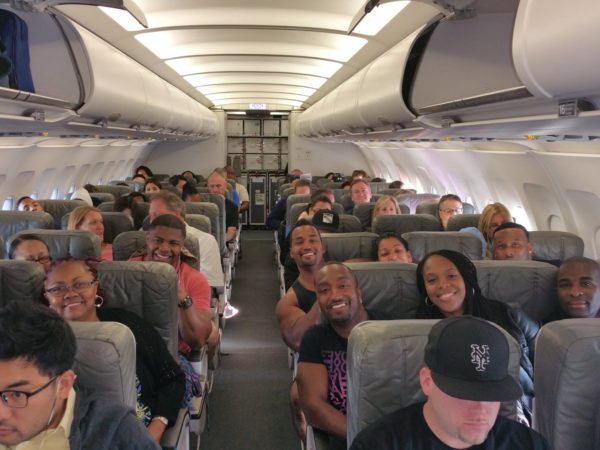Curaçao, a Dutch Caribbean island, is known for its beaches tucked into coves and its expansive coral reefs rich with marine life. The capital, Willemstad, has pastel-colored colonial architecture, floating Queen Emma Bridge and the sand-floored, 17th-century Mikvé Israel-Emanuel Synagogue. It’s also a gateway to western beaches like Blue Bay, a popular diving site.
We organized and hosted our 2015 Annual King Dunston Getaway group trip to Curaçao with a group of 50 travelers. We stayed at the Hilton Curaçao Beach Resort in Willemstad. We enjoyed water sports and sunset cruising on the beautiful beach and explored Willemstad, including the Watamula Hole, Curaçao Liquor Distillery and Queen Wilhelmina Park; where you can take pictures with the “Curaçao” and “Dushi” signs. Six years later we would return in July of 2021, with our daughter Nubia visiting Shete Boka National Park in the north coast of Curacao. The waves crashing up against the limestone cliffs and pocket bays, or better known as “boka’s” was amazing and great for pictures. The open landscape gives you a great view of the rugged North coast terrain of Curacao. The Park is made up four main attractions.
-
Boka Pistol – where you can hear the shooting sound of waves pounding into the inlet that shoot up like a geyser.
-
Bokta Wandomi – A natural bridge of limestone.
-
Boka Tabla – an underground cavern of thunderous waves.
-
Boka Kalki – where you can see sea turtles lay their eggs.
